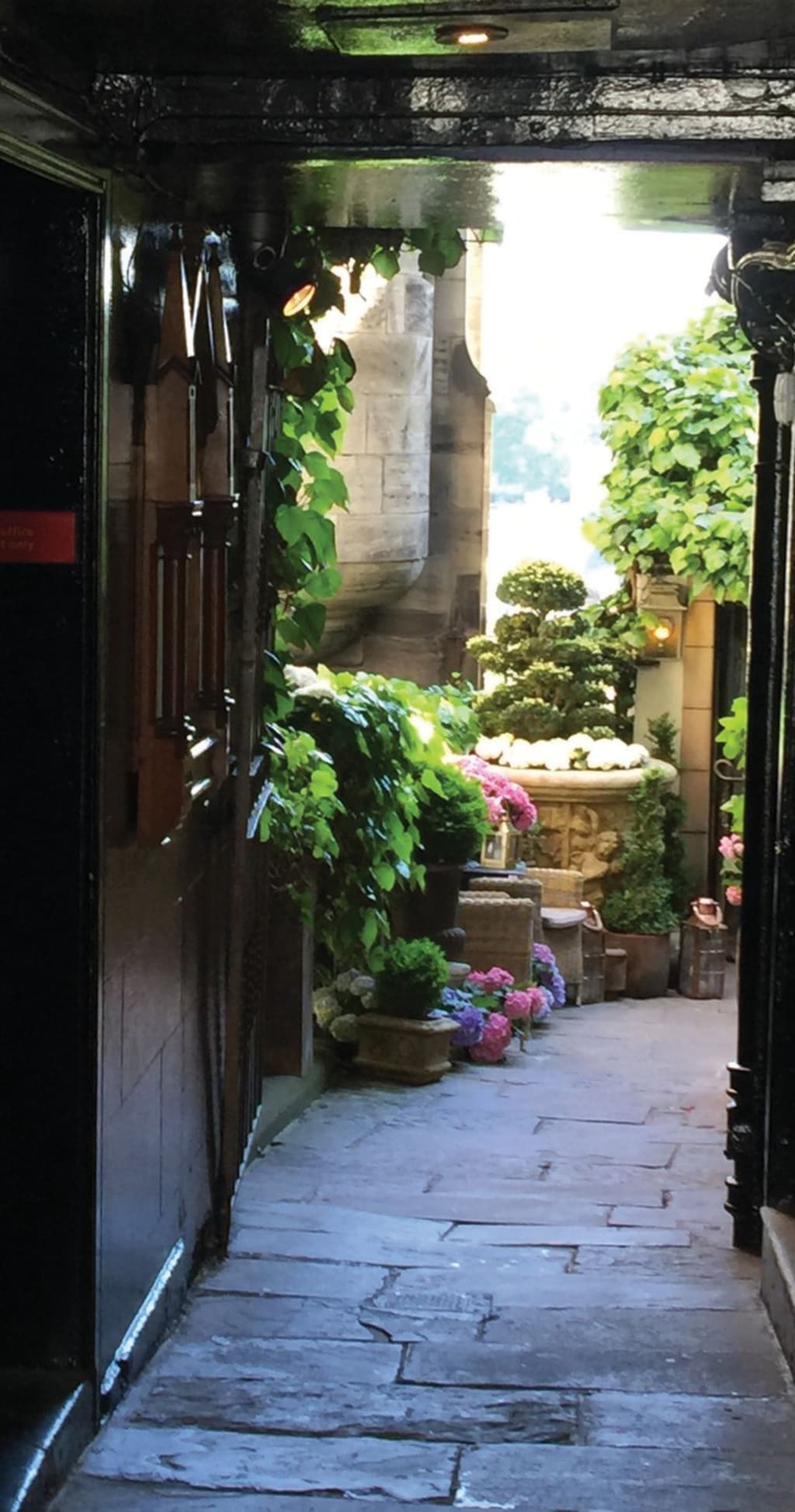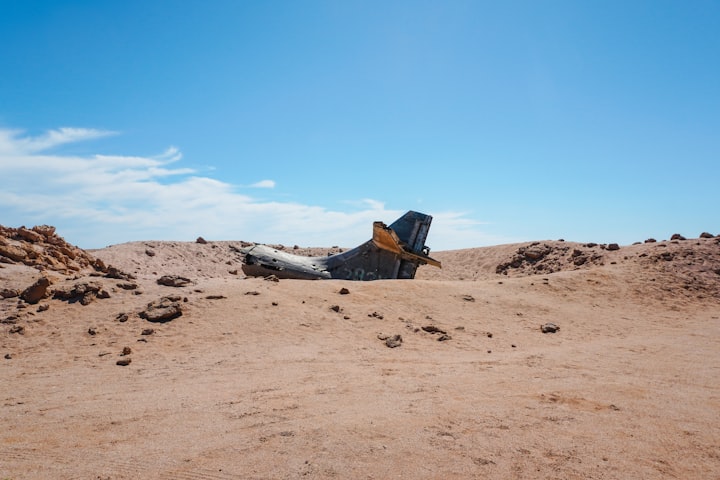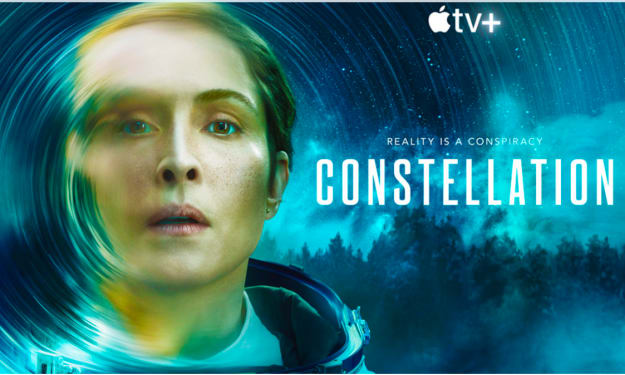A New World
Life will always find a way to adapt.

The outside world was unknown to her, but she could see a glimpse of it through the window in his room. He was happy to share the special view with his sister, especially during the hard days that made her cry. This view, in particular, always brightened her soul.
A slightly uneven slate path gently winds its way through an open wooden door, tempting the wanderer to enter the courtyard. Hydrangeas welcome the traveler into the garden. An abundance of floral aromas slowly permeates the senses, calming the mind and body. She is tempted to linger awhile and immerse herself in the tranquility of colorful flowers and warm sunshine. While contemplating this bucolic synergy of man and nature, she has to wonder, is this real? Could it have ever been real?
Only the oldest among us recollects actual memories of places such as this and, like everything from that time, they are dying off in increasing numbers. The elders speak of a time when the air was clean and free of smoke from the ever-smoldering fires. The sun lacked its gray halo created by the dust blown into the sky from a parched earth. Wild animals roamed the land and pristine oceans remained contained within their boundaries. This world was entrusted to them by preceding generations, and it is what they were supposed to hand down to us—but that was not to be.
Warning signs from the planet were ignored. People who tried to guide our leaders onto the right path were ostracized and labeled alarmists and anti-industrialists. As the fires, hurricanes, blizzards, droughts, and air quality worsened, those in charge outwardly denied the approaching catastrophe. Secretly, bunkers were prepared to insure their survival. Once a secret is known by more than one person, it’s no longer a secret.
It was during the great pandemic that the general population discovered how rich and powerful people planned to ride out the impending devastation. Underground mansions were constructed, enabling the privileged to squirrel themselves away. A world-wide revolt erupted just as the planet began cleansing itself of people. As the surface transformed into an uninhabitable wasteland, a few survivors retreated into the shelter of newly abandoned mines. Many of the refugee colonies lacked the expertise to adapt and ultimately perished. Our colony was fortunate enough to survive.
My parents helped to recruit a group of scientists, engineers, tradespeople and farmers. I was four when we transitioned to our subterranean home, so my memories of life above ground are few and vague. In this new society, everyone was required to contribute, even the children. We learned our parent’s skills and several other disciplines because cross-training was necessary for survival. As children matured, they could accompany the adults topside to scavenge for machine parts and other necessities.
It wasn’t a simple life, but there were bright spots. We had entertainment time every weekend consisting of books, movies, and videotaped TV shows. The founders understood people needed distractions to escape their entrapment, even if the reprieve was only imaginary. It was during these sessions that my friends and I discovered Star Trek and all its spin-offs. We could relate to the crew of Enterprise because they were, like us, trapped in an artificial world with only themselves and their imaginations for company. We may not have had periodic visits from aliens, but we were randomly contacted by other colonies.
It was this show that inspired me and my friends to develop an advanced holographic computer capable of projecting images, not only in 3D but with actual substance. The Enterprise crew often fled into a holographic world to escape from the tedium of space travel. Our existence under the earth could often be equally boring and people used our invention as a welcome diversion.
We created constructs from novels and TV shows that allowed the residents to interact with the cast. It was possible to have a conversation with Shakespeare’s Julius Caesar or help solve cases with the Reagan family from Blue Bloods, but we took it a step further.
We installed contemplation chambers throughout the tunnels, similar to the tranquil courtyard scene I described at the beginning of this story. They reminded everyone not only of what was lost but what could be restored—maybe not in our lifetime, but in the future. In the meantime, we will continue our journey through space and time toward a new beginning. Our new world awaits.
About the Creator
Mark Gagnon
I have spent most of my life traveling the US and abroad. Now it's time to create what I hope are interesting fictional stories.
I have 2 books on Amazon, Mitigating Circumstances and Short Stories for Open Minds.






Comments (2)
I have no hope for anything other than the challenge of writing for a specific task. No one really gets me. I was born in the wrong century. Ha!
I liked how you created this out of the picture you chose. Very clever. I could have seen the slate walkway and the flowers without the picture.